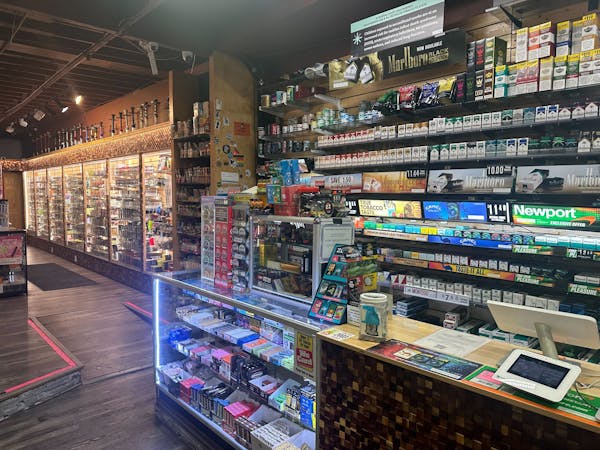Hoping to extend the reach of next year's Central Corridor light-rail line, St. Paul is studying 18 possible future routes for streetcars — many of them following lines used by the old Twin Cities streetcar system before it was ripped up for buses decades ago.
The list of possible routes is the first phase of St. Paul's ongoing $250,000 study to analyze how streetcars might work with light-rail and bus lines to improve public transit across the city.
Lending traction to the idea is Gov. Mark Dayton's recently proposed quarter-cent sales tax increase in the metro area to fund new regional bus and rail transit, a logical funding source to help launch a new streetcar system.
Mayor Chris Coleman strongly supports that transit tax hike, spokesman Joe Campbell said.
"St. Paul's residents deserve a world-class transportation system, and streetcars certainly have that potential," Campbell said.
St. Paul City Council Member Russ Stark has visited streetcar systems in other cities and said they provide cost-effective ways to leverage and extend transit benefits for popular districts and also corners of the city ripe for investment.
Real estate developers like the permanency of rail transit, he said. And people typically prefer riding a train to a bus.
"Now we can look at the big picture — what are the parts of the city that can benefit most from this investment, and where are the people there trying to get to?" Stark said.
Two private streetcar companies merged in 1890 to form the Twin City Rapid Transit Co., which built one of the most extensive metro-area streetcar systems in the country, stretching 50 miles from Lake Minnetonka to Stillwater.
But the system began to lose riders as automobiles became more popular. By 1954 the last streetcars were replaced with buses.
The 18 routes to be studied were culled from a list of 30, based on the fewest physical barriers (such as steep street grades), desirable terminal locations and lack of traffic congestion.
The next step in the study, conducted by Nelson/Nygaard Consulting of San Francisco, is to further narrow the list to five to 10 routes that have the most development potential, promise the most riders and connect best with transit modes already in place.
The third phase will be deciding which one or two lines would be built first, city planner Michelle Beaulieu said.
It's not clear how much a streetcar line would cost, but officials said the cost elsewhere has varied from $30 million to $60 million per mile.
By way of contrast, the budget for the 11-mile Central Corridor light-rail line between the downtowns of St. Paul and Minneapolis — the newly dubbed Green Line — is $957 million.
The main difference between light rail and streetcars, city planning director Donna Drummond said, is that LRT has its tracks all to itself, while streetcars — which typically run on the right side of the street — share the road with motor vehicles. Streetcars carry fewer passengers, their lines usually cover a shorter distance and they stop more often than light-rail trains, she said.
Stark said that at least 10 cities, including Cincinnati, Kansas City and Salt Lake City, are building streetcar lines. Minneapolis also is studying streetcar possibilities along Nicollet Avenue to downtown, and along Central Avenue NE.
In a speech to business leaders last month, Mayor R.T. Rybak said that streetcars were key to managing downtown population growth. He predicted eventual gridlock if the city doesn't add streetcars.
For the first part of the study, go to www.tinyurl.com/stpstreetcars.
Kevin Duchschere • 651-925-5035

Cigarettes at $15 per pack? Minneapolis might do it.
![St. Louis County Board approved a plan to distribute $24 million in CARES funding, including $6 million to be distributed to small businesses. ] ALEX](https://arc.stimg.co/startribunemedia/ED62G7Y2RWISNRUZQRT3ZTJVHU.jpg?h=91&w=145&fit=crop&bg=999&crop=faces)
Duluth man sentenced to 40 years for role in drive-by shooting that killed 19-year-old

